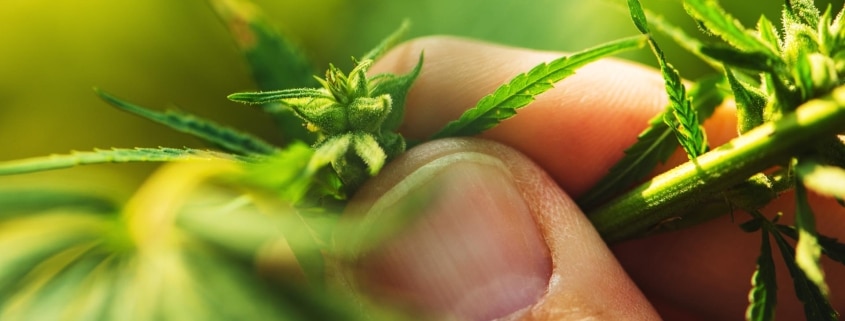How to Grow Cannabis? Cannabis Growing Laws and Tips
Growing your own cannabis can feel exciting—but also a bit overwhelming at first. You might be wondering where to start, what tools you’ll need, and how to make sure everything’s legal.
The good news? You don’t have to be an expert to grow healthy cannabis plants at home. Once you understand the basics and avoid common mistakes, it’s totally doable.
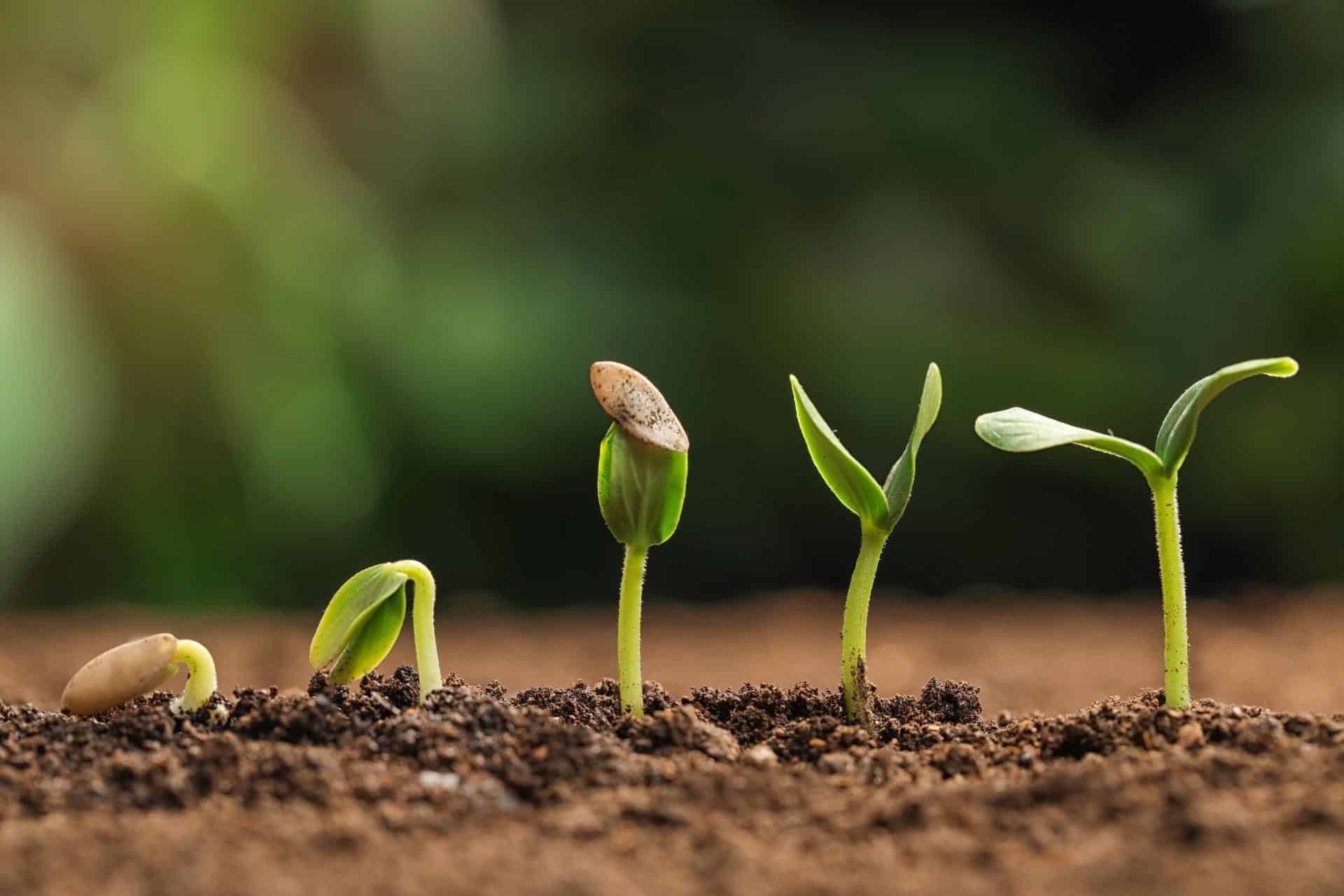
A Beginner’s Guide to Cannabis Growing
Getting started with cannabis growing doesn’t mean you need a greenhouse or tons of experience. But it helps to know what you’re getting into and what choices you’ll need to make along the way.
Indoor vs. Outdoor Growing: Pros and Cons
Both indoor and outdoor growing have perks and challenges.
Indoor growing gives you full control. You set the temperature, manage the humidity level, and give your plants the exact hours of light they need. This usually means healthier, faster results. But it also means more work—buying grow lights, fans, and maybe even a tent.
Outdoor growing is more natural and cost-effective. The sun and warm weather do most of the heavy lifting. However, you’re at the mercy of Mother Nature. Rain, pests, and unpredictable climates can mess things up fast. Outdoor growers also have to think more about privacy and security.
So, if you want year-round growing and full control, go indoors. If you have a secure outdoor space and live in a good climate, outdoors might be easier to start with.
Basic Stages of Cannabis Plant Life (Germination to Harvest)
Every cannabis plant follows the same basic path. Knowing each stage of growth helps you plan and react to what your plant needs.
- Germination: Seeds sprout and start growing roots (3–10 days)
- Seedling Stage: First leaves appear; needs low humidity levels and gentle light
- Vegetation Stage: Fast vegetative growth, more leaves and branches
- Flowering Stage: Buds begin forming during the flowering phase (needs change in light cycle)
- Harvesting & Drying: Buds are trimmed and dried properly
Importance of Choosing the Right Strain
Picking the right cannabis plant strain isn’t just about effects—it affects how hard or easy it’ll be to grow. Some strains, like Northern Lights, are forgiving and great for beginners. Others, like OG Kush, need more attention.
Indica strains usually grow shorter and bushier, making them better for small grow rooms. Sativa strains grow taller and take longer, which may not suit every space. Hybrid strains mix traits from both.
Before planting, ask yourself: Do I want fast results? Do I have enough space? Do I want something calming or energizing?
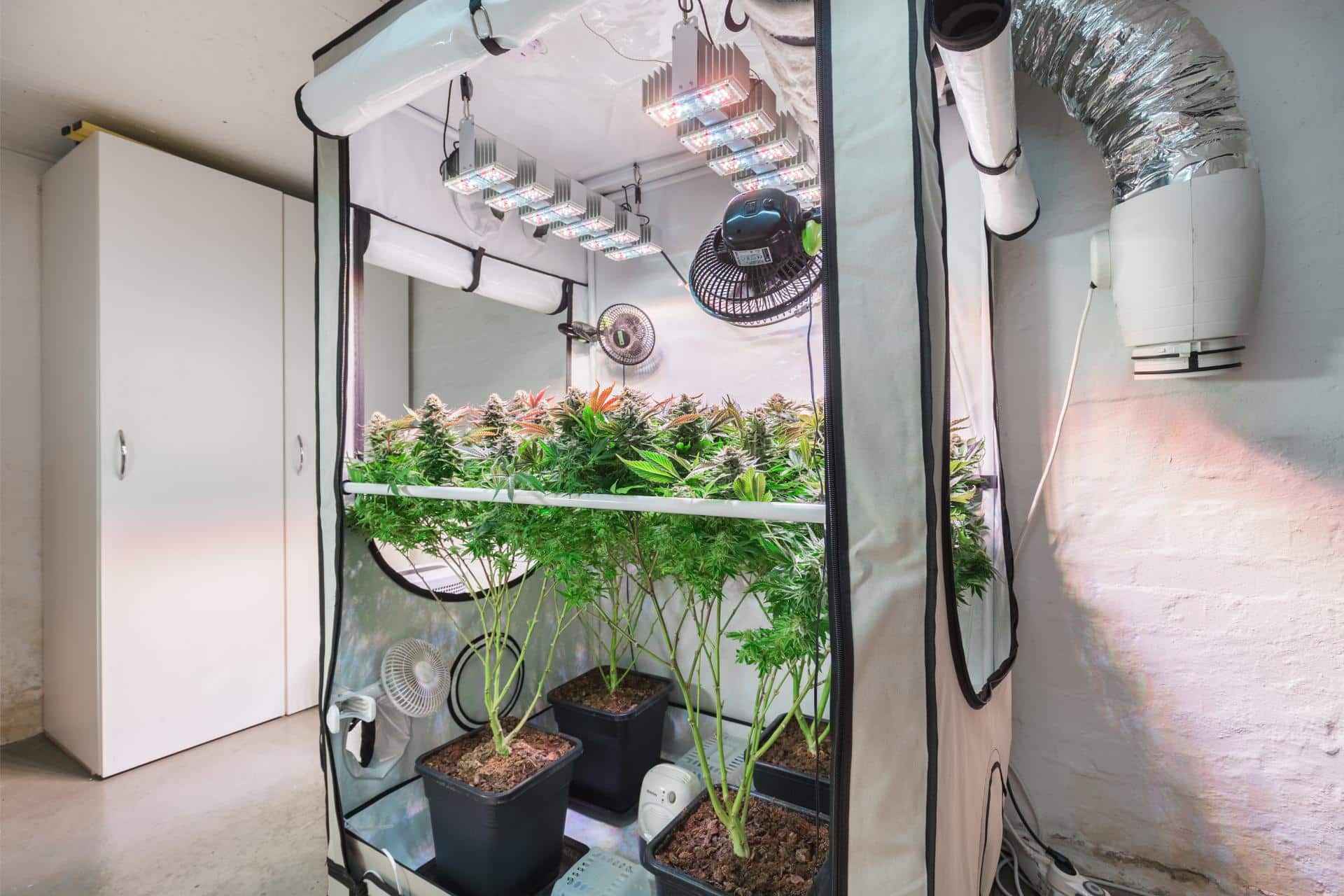
Cannabis Growing Laws: What You Need to Know
Before you get those seeds in the ground (or pot), check your local laws. In many areas, growing cannabis at home is legal—but there are limits.
- Some places let you grow up to six plants per person
- You might need to keep them out of public view
- Selling your homegrown weed without a license is usually illegal
- Certain states require locking your grow room or having ID tags
Check your state or country’s regulations so you stay safe. You can also talk to a licensed Los Angeles marijuana dispensary if you’re nearby—they often have the most up-to-date info on growing rules in your area.
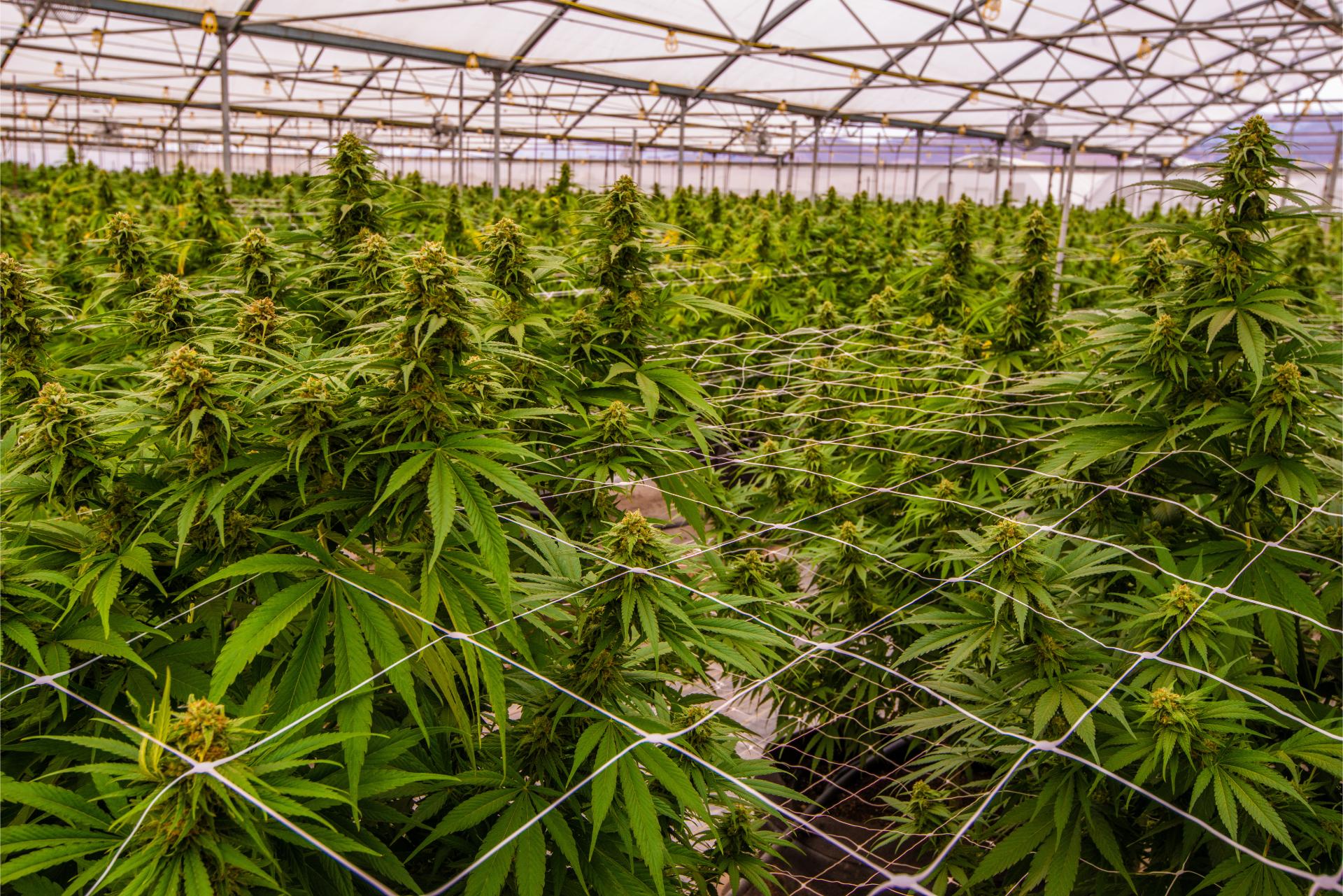
How to Grow Cannabis – Tips for Success
Getting a good harvest starts with the right setup. Follow these tips to give your plants the best shot.
Tip 1: Choose the Right Seeds (Autoflower vs. Photoperiod)
Autoflower seeds start flowering automatically after a few weeks. They’re great for beginners and work well in smaller grow spaces.
Photoperiod seeds need a change in hours of light to start flowering. They offer bigger yields but require more attention to light cycles.
For first-timers, autoflower might be easier. If you want more control and bigger buds, go with photoperiod.
Tip 2: Set Up Your Grow Space (Lighting, Ventilation, Soil/Hydroponics)
Whether you’re indoors or outside, your plants need the right environment.
- Use full-spectrum grow lights for indoor setups
- Ventilation is key—use fans or carbon filters to keep the air fresh
- Choose between soil (simple) or hydroponics (faster growth but more complex)
- Keep your humidity level between 40% and 70%, depending on the stage of growth
The better your setup, the fewer problems you’ll face later on.
Tip 3: Master Nutrients & Watering (Avoid Overwatering, Nutrient Lockout)
Cannabis plants need balanced nutrients: Nitrogen (N) during vegetative growth, and Phosphorus (P) and Potassium (K) in the flowering phase.
Watering sounds easy, but too much can drown the roots. Too little stunts growth.
Watch for these signs:
- Droopy leaves = overwatering.
- Yellow tips = nutrient burn.
- Curling = pH imbalance or nutrient lockout.
Use pH-balanced water and feed according to the plant’s stage, not just the calendar.
Tip 4: Monitor Light Cycles & Temperature
Cannabis is picky about light cycles. During the vegetation stage, aim for 18 hours of light / 6 hours of dark. For flowering, switch to 12/12.
Indoor growers should keep temps between 70–85°F (21–29°C). Use fans to control the humidity level and prevent mold.
Plants also like consistency. Avoid sudden changes in light or heat—it can stress them out.
Tip 5: Pruning & Training Techniques (LST, Topping)
Training helps your plant grow better buds and use space more efficiently.
- LST (Low-Stress Training): Bending stems gently to allow more light in
- Topping: Cutting off the main stem so the plant grows more branches
- Remove dying leaves to improve airflow and reduce mold risk
These simple methods can double your yield if done right.
Tip 6: Harvesting at the Right Time
Wait too long, and THC starts to degrade. Harvest too early, and you lose potency.
Check the trichomes (tiny crystals) with a magnifier. Milky white = peak THC. Amber = more calming, sedative effects.
After cutting, dry your buds in a dark space for 7–10 days. Then cure them in jars, opening daily for airflow. This step boosts flavor, smoothness, and overall quality.
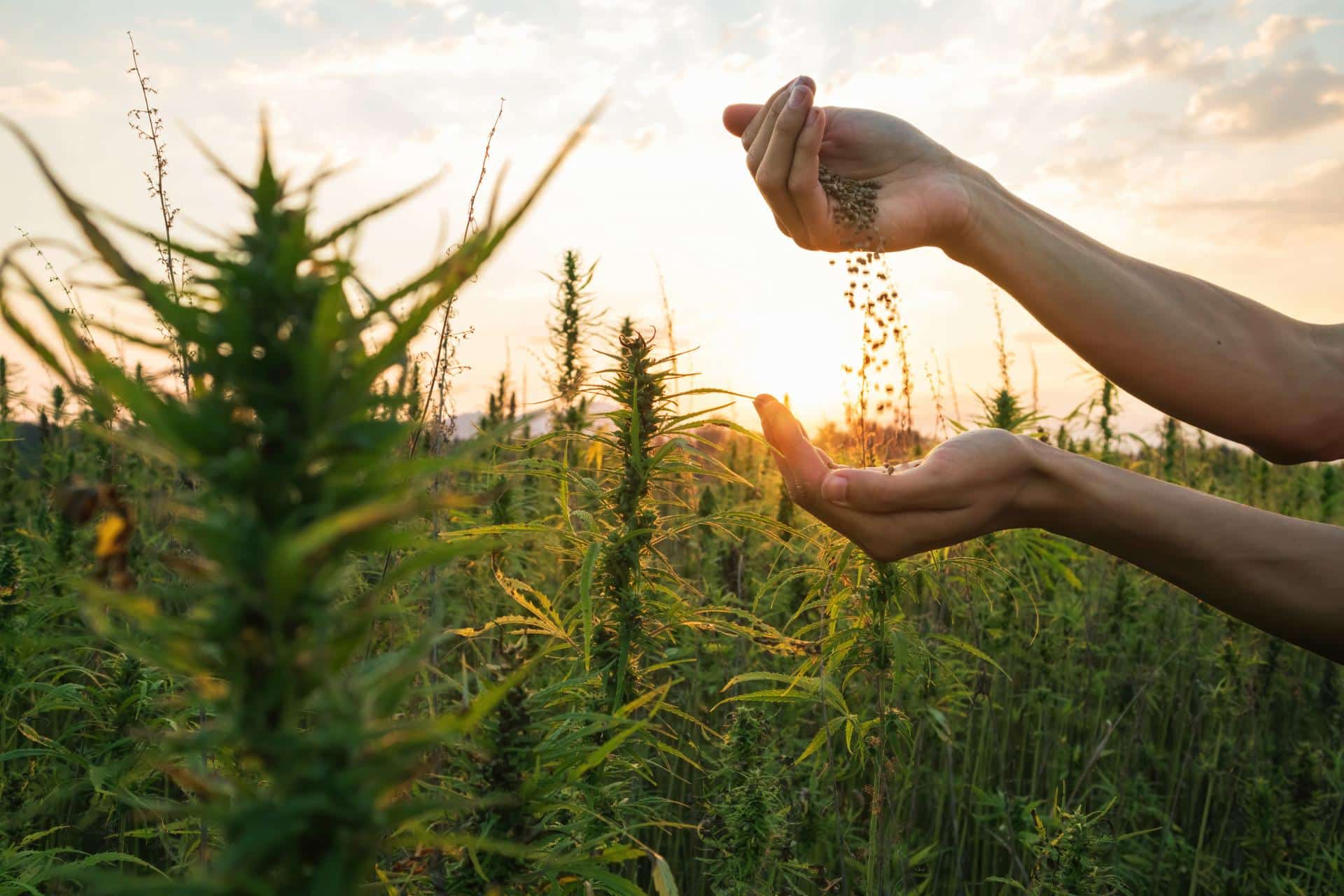
Common Cannabis Growing Mistakes to Avoid
Even seasoned growers mess up sometimes. Here are mistakes that trip up most beginners:
- Using the wrong light schedule for photoperiod plants
- Watering too much or too often
- Ignoring pH levels (which can cause nutrient lockout)
- Skipping humidity level checks
- Not checking for male or female early enough
- Cutting too early during the flowering phase
Keep a simple routine, write things down, and adjust as you learn. You don’t have to be perfect—just consistent.
Is Growing Cannabis at Home Right for You?
So, is growing your own weed something you should try? If you’ve got the patience to learn, a bit of space, and want to know exactly what’s in your product—it’s a fun, rewarding hobby.
Cannabis growing puts you in control. You’ll learn how your plant grows, what makes it thrive, and what affects flavor and potency. It might take a few tries to get things perfect, but once you do, you’ll never look at dispensary prices the same way again.
Still unsure? Visit a trusted Los Angeles marijuana dispensary and ask questions. Many of them support home growers and carry supplies to get you started.
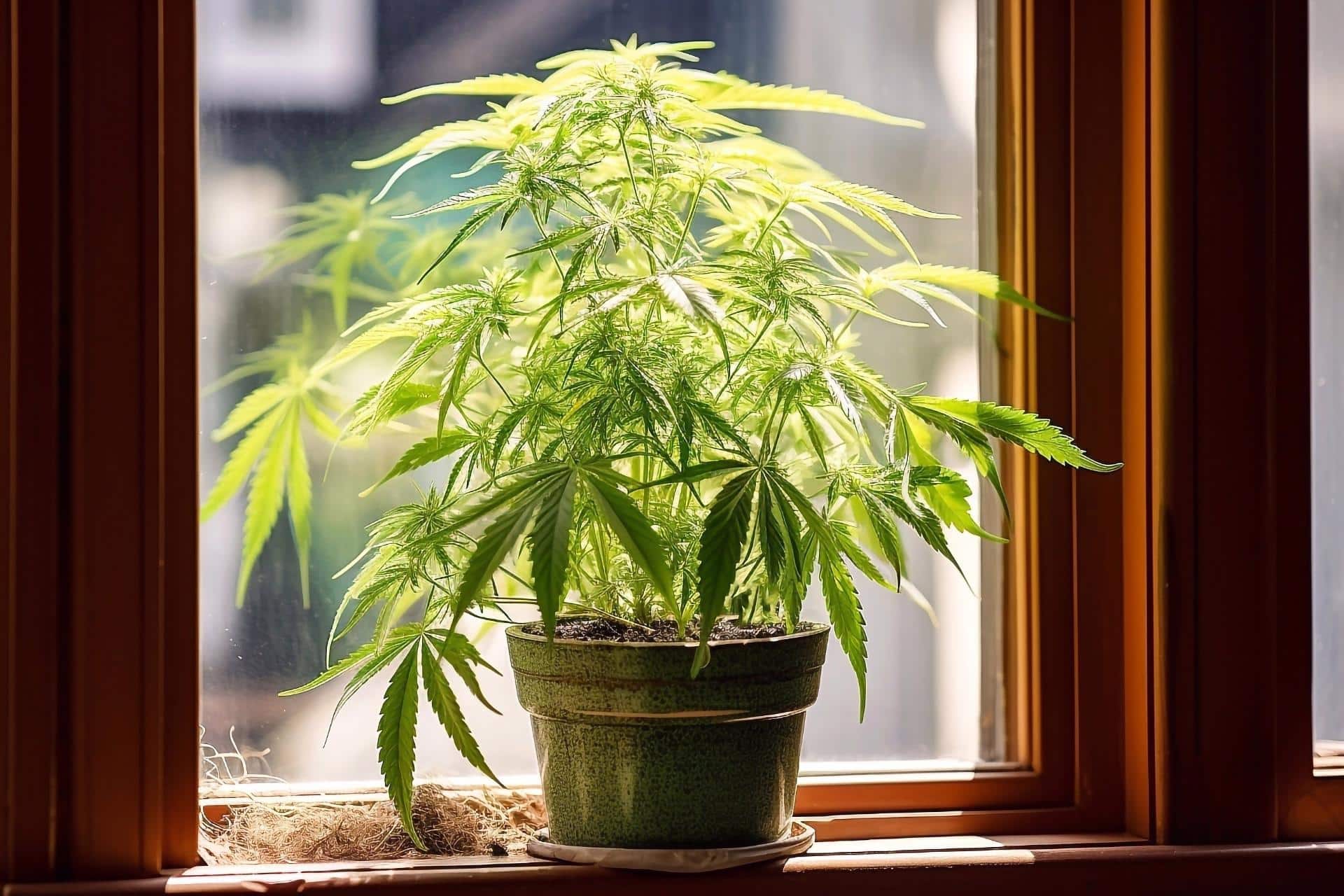
Ready to Grow? Start Small and Learn As You Go
You don’t need a fancy setup or expensive gear to start growing cannabis. Just take it step by step. Pick a good strain, create a solid grow space, and give your plant the attention it needs. From choosing seeds to the flowering stage to harvesting, drying, the process can be super satisfying, especially when you get to enjoy the end result.
So go for it. Learn as you grow, and don’t stress if things aren’t perfect the first time around. Every growth makes you better.
References
- Dutch Passion. (n.d.). The cannabis life cycle: Key growth stages explained (germination, seedling, vegetative, flowering).
- Amsterdam Cannabis College. (n.d.). Growing Cannabis 101: Basic guide to cultivation.
- Network for Public Health Law. (2022). Regulation of home cultivation in adult-use states [Fact sheet, PDF]. Highlights include plant limits, outdoor vs indoor restrictions, and security requirements.
- Los Angeles County Planning. (2022). Allowable area for personal cannabis cultivation [PDF]. Defines maximum six-plant limit, distance setbacks, fencing rules, and visibility restrictions.
- (n.d.). Marijuana legality by state. As of October 2024, 24 states + DC and 3 territories allow recreational cannabis; 38 states allow medical—even while federal prohibition remains in place.

